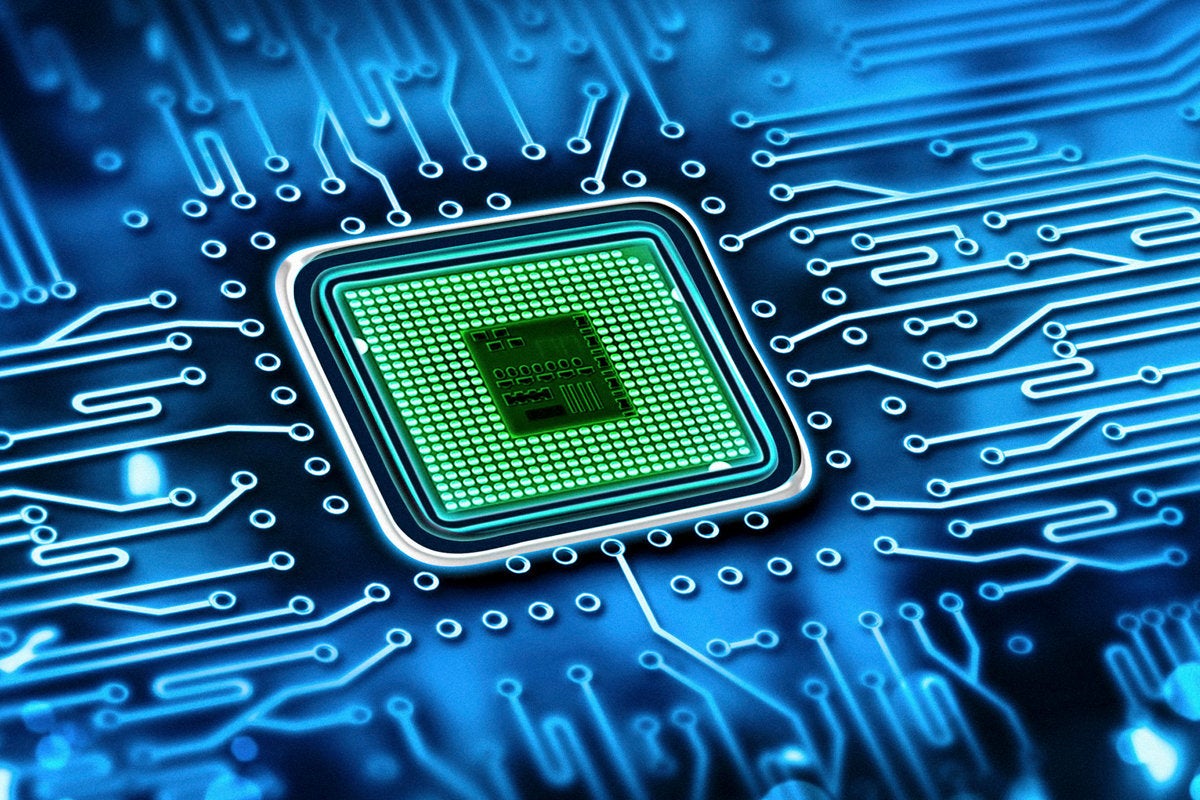- 7 strategic insights business and IT leaders need for AI transformation in 2025
- The most underrated robot vacuum I've ever tested is now 60% off
- ChatGPT's GPT-4 model retires soon - some users can continue to access it
- The next big tech showdown is happening on your wrist - and you shouldn't sleep on it
- Why every business needs a data security strategy
Intel delays next GPU Max until 2025

A significant change to Intel’s high performance computing roadmap gives competitors AMD and Nvidia plenty of time to grab market share.
Intel has a pair of processors called CPU Max and GPU Max. Both feature high bandwidth memory (HBM) on the die which greatly increases performance. The successor to the GPU Max, known as Rialto Bridge, was due later this year or early next year.
Instead, Intel cancelled Rialto Bridge, and its successor – Falcon Shores – isn’t coming until 2025. Longer term, Intel plans to have one processor, called an XPU, that will combine CPU and GPU cores on one die, but that will come after Falcon Shores.
“We have simplified our roadmap with the goal of doing fewer things better and are rapidly rolling out products to our customers,” said Intel’s Jeff McVeigh, corporate vice president and interim general manager of the accelerated computing systems and graphics group, in a blog post.
Meanwhile, AMD has a similar product due later this year called Instinct MI300. The card features an Epyc processor with AMD’s GPU technology sharing HBM memory. Nvidia has something in the works called Grace Hopper, a combined CPU (Grace) and GPU (Hopper) that’s expected to ship in the coming months.
These processors are aimed at the HPC market, which was a $36 billion market in 2022, according to MarketsAndMarkets research. HPC systems feature thousands of processors selling for thousands of dollars each, and the systems easily run in the multimillion-dollar range.
“AMD and Nvidia have, essentially, a two-year lead on them, or three years depending on how you look at it, in terms of having this HPC solution that integrates the CPU and the GPU. So it’s very significant that they’re going to be a couple years behind in addressing this market,” said Jim McGregor, principal analyst with Tirias Research.
Intel makes most of its profit margin in the data center, so when it starts losing share to AMD in certain areas and starts missing out on emerging opportunities, that is very significant, he added.
But McGregor is cutting Intel some slack on this, noting that combining CPU, GPU, and memory into one die is not trivial. “I’m not quite sure where the delay is. But you got to remember that this is very much a new area for Intel, it’s a new product, and they’re trying to cram a lot of new technology into it all at one time. So it may just be part of the learning curve,”
Intel adjusts video encoder roadmap
Falcon Shores isn’t the only Intel product with a redrawn roadmap. Intel has also discontinued development of its next-generation Flex Series GPU, which was launched last year and is geared towards video transcoding, cloud gaming, and virtual desktop infrastructure workloads.
The original plan was to release an incremental upgrade this year to the current product, sold under the name Arctic Sound-M, and then release a significant update in 2024. Instead, Intel is axing the minor update and going straight to the major update, which is being developed under the codename Melville Sound.
Copyright © 2023 IDG Communications, Inc.

